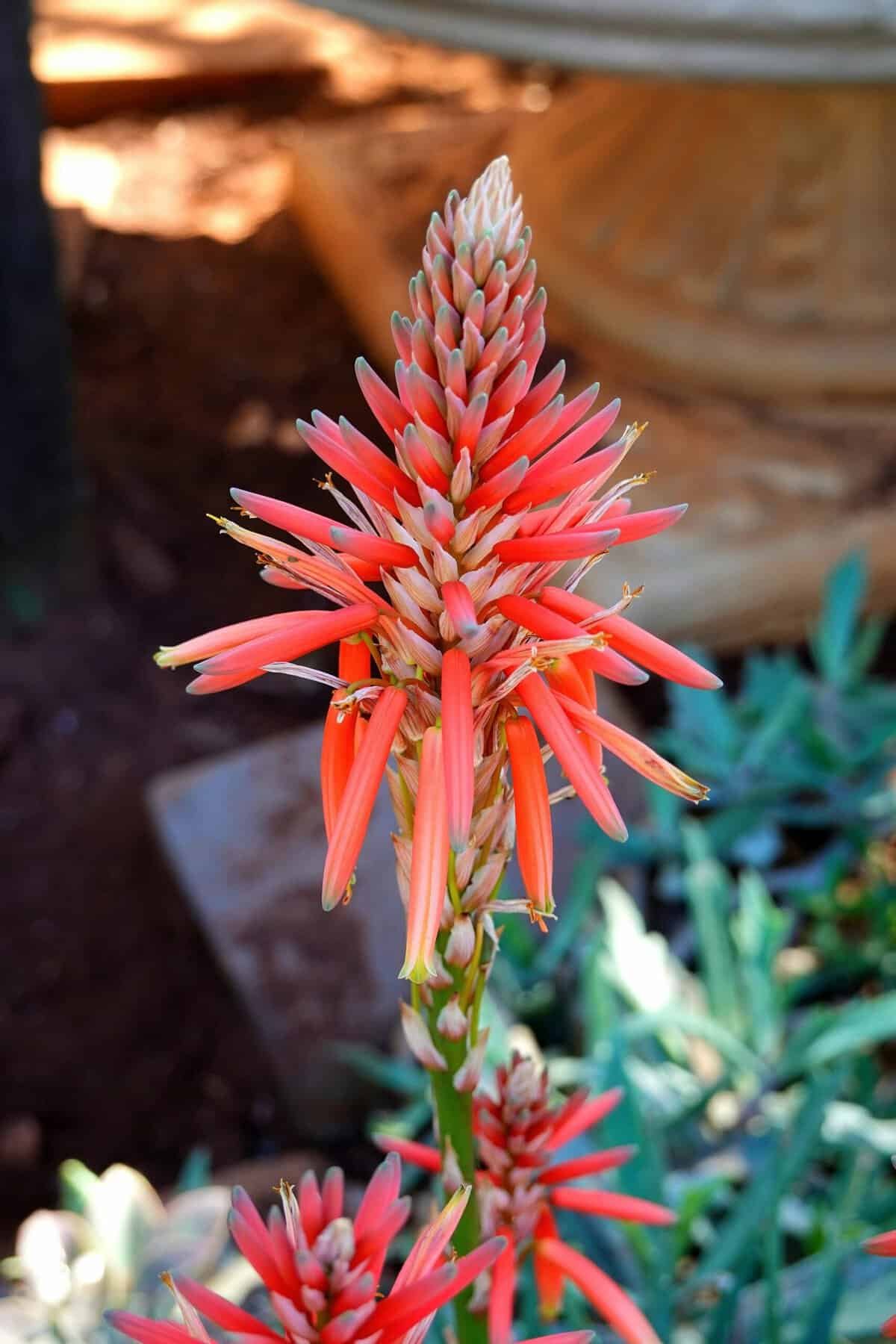Have you ever wondered how to care for a Nopal cactus if its soil becomes waterlogged? Nopal cacti are sturdy plants well-adapted to arid environments, but they can be sensitive to excess moisture. Understanding how to properly manage waterlogged soil can make a significant difference in the health and longevity of your cactus.

Understanding Waterlogged Soil
Waterlogged soil is essentially soil that is saturated with water for extended periods. This situation usually occurs when water drainage is poor, leading to an excess accumulation of moisture around the plant’s roots. For plants like the Nopal cactus, which are adapted to dry and arid conditions, this can pose significant problems.
Effects of Waterlogged Soil on Nopal Cactus
Root Rot
One of the most critical issues that arises from waterlogged soil is root rot. When soil is overly moist for too long, it deprives the roots of oxygen. This anaerobic condition creates a breeding ground for fungi and bacteria that cause root rot, which can be fatal to your Nopal cactus.
Stunted Growth
Excess moisture can also lead to stunted growth. Nopal cacti prefer well-drained soil and the roots struggle to absorb nutrients in waterlogged conditions. This stress results in reduced growth and weak, vulnerable plants.
Yellowing Leaves
Another sign of waterlogged soil is yellowing leaves. When the roots are unable to function properly, they struggle to support the plant, leading to chlorosis (yellowing) of the leaves. Over time, this condition can severely affect the overall health of your cactus.
Identifying Waterlogged Soil
Visual Inspection
One of the first steps in managing waterlogged soil is identifying whether your soil is waterlogged. Check the soil around your Nopal cactus. Is it constantly wet and soggy, even days after watering? If so, it might be waterlogged.
Touch Test
Dig a small hole around the base of your cactus and feel the soil. If it feels soggy and mushy, this is a sign of waterlogged soil. Healthy soil should feel slightly damp but not overly wet.
Smell Test
Waterlogged soil often has a distinct, musty smell due to the presence of anaerobic bacteria. If you notice an unpleasant odor coming from your soil, it might be waterlogged.
Preventing Waterlogged Soil
Proper Watering Techniques
One of the easiest ways to prevent waterlogged soil is by using proper watering techniques. Water your Nopal cactus only when the top inch of soil feels dry to the touch. This prevents unnecessary moisture buildup.
Improved Drainage
Improving soil drainage is essential for preventing waterlogged conditions. Use well-draining soil that includes elements like sand, perlite, or small gravel. These materials enhance the soil’s ability to shed excess water.
Elevate the Plant
Raising the position of your Nopal cactus can aid in better drainage. Planting your cactus on a slight mound can help ensure water flows away from the base rather than pooling around it.
| Steps for Preventing Waterlogged Soil | |
|---|---|
| Use proper watering techniques | Ensure you only water when the top inch of soil is dry. |
| Improve soil drainage | Mix in sand, perlite, or small gravel. |
| Elevate the plant | Plant on a slight mound to avoid water pooling. |

Managing Waterlogged Soil
Replanting
If prevention measures haven’t worked, it might be time to replant your Nopal cactus in fresh, well-draining soil. Gently remove the cactus, rinse the roots to remove any adhering wet soil, and replant it in a new pot with a suitable soil mix.
Replanting Steps:
- Carefully remove the cactus from the soggy soil.
- Inspect the roots; trim any rotten or mushy ones.
- Rinse the roots to remove any leftover soil.
- Prepare a new pot with well-draining soil mix.
- Replant the cactus, ensuring it’s at the same depth as before.
Soil Amendments
Adding amendments to your soil can also help improve drainage. Ingredients like crushed granite, coarse sand, or pumice can be mixed into the existing soil to alleviate water retention issues.
Use Raised Beds
For outdoor Nopal cacti, using raised beds can help manage waterlogged soil. A raised bed improves drainage naturally and prevents water from accumulating around the roots.
| Methods for Managing Waterlogged Soil | |
|---|---|
| Replanting | Remove cactus, trim rotten roots, rinse, and replant in new well-draining soil. |
| Soil Amendments | Mix in crushed granite, coarse sand, or pumice to improve soil aeration and drainage. |
| Use Raised Beds | Utilize raised beds to prevent water from accumulating around outdoor Nopal cacti. |
Long-Term Care Tips for Nopal Cactus
Monitoring Soil Moisture
Regularly check the moisture level of your soil. Invest in a soil moisture meter to accurately gauge how wet or dry the soil is.
Seasonal Considerations
Different seasons bring different watering needs. Your Nopal cactus will need less water during the winter months when it enters a period of dormancy. Conversely, during the hot summer months, you may need to water more frequently, but always ensure the soil dries out between waterings.
Fertilization
Provide balanced fertilizers occasionally to ensure your Nopal cactus gets all essential nutrients. However, avoid over-fertilizing, as this can also exacerbate problems in waterlogged soil.
Pest and Disease Control
Keep an eye out for pests like mealybugs or aphids that may further stress your cactus. Regularly check for signs of disease, particularly root rot, and take swift action to address any issues.

Conclusion
Managing waterlogged soil for a Nopal cactus requires a keen understanding of its needs and challenges. By adopting preventive measures like proper watering, improving soil drainage, and employing strategies such as replanting when necessary, you can ensure that your cactus thrives. Regular monitoring, seasonal adjustments, and adequate care will go a long way in maintaining the health and vibrancy of your Nopal cactus. Remember, a properly cared-for Nopal cactus not only enhances your garden but also brings you great satisfaction.
So, next time you find yourself dealing with waterlogged soil, you’ll know exactly what steps to take to nurture your Nopal cactus back to health.

